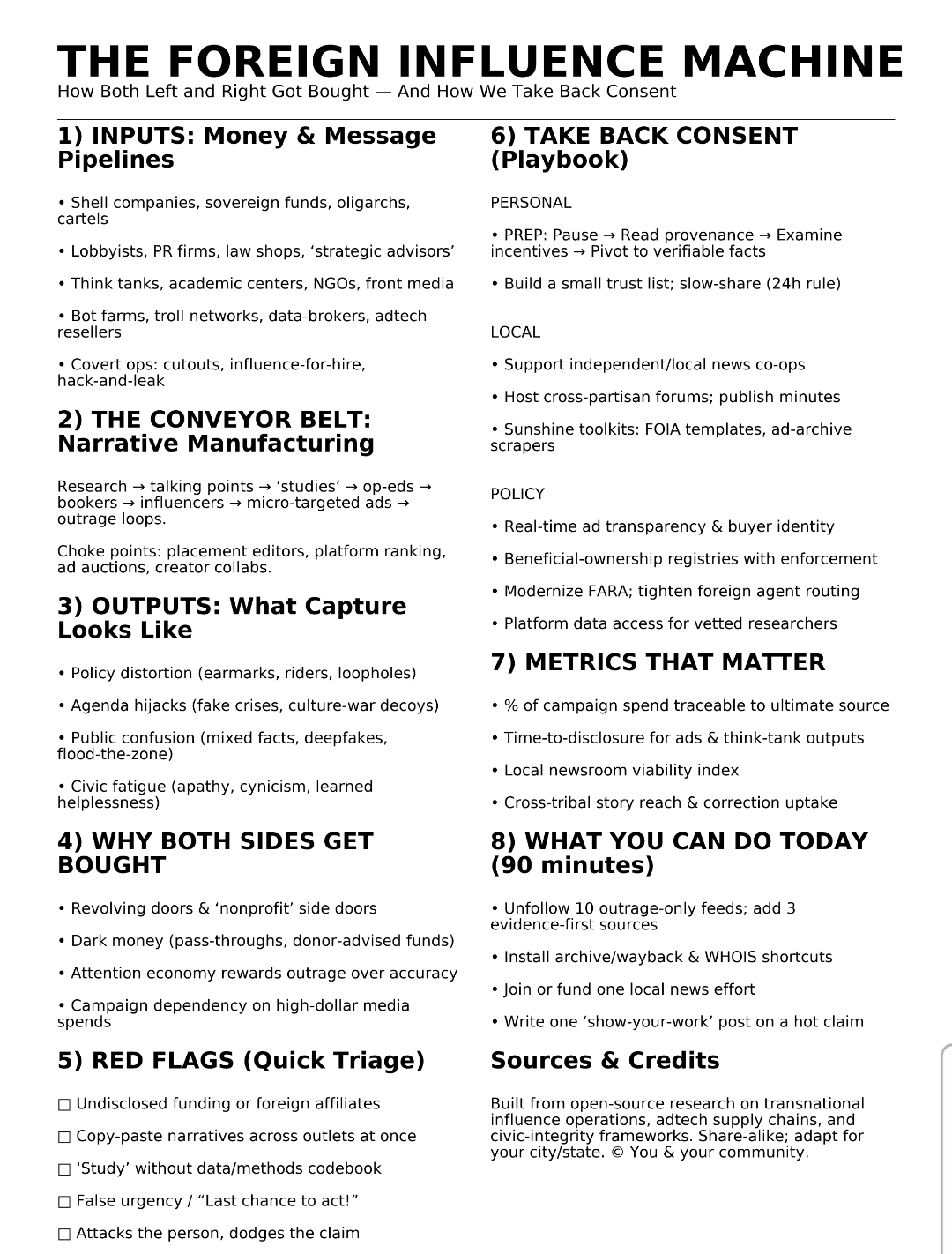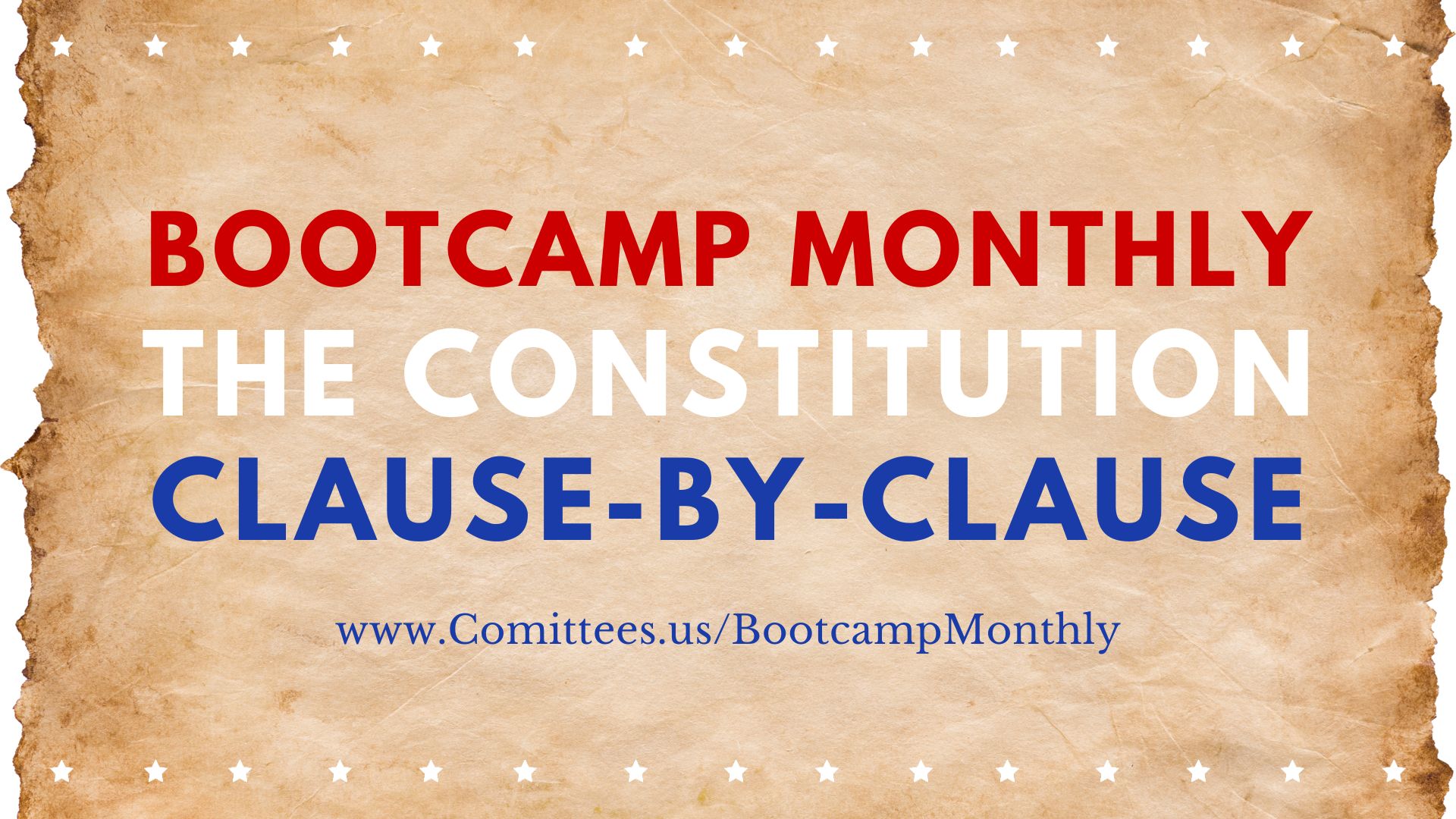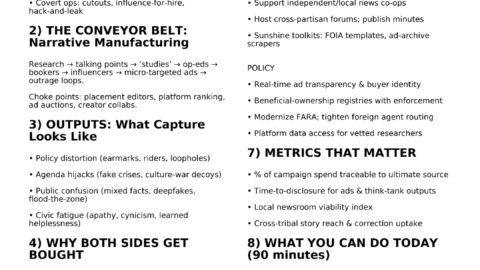Empires rarely announce their return. They don’t come marching in with flags and fanfare; they seep back through contracts, campaign donations, and quiet influence. After World War II, when the United States inherited much of Britain’s global role, it also inherited the temptations that come with empire: the conviction that control—political, financial, military—is both necessary and justified. What began as a republic devoted to liberty slowly learned to speak the language of global dominance.
The difference is that the British Empire ruled by decree, while the modern version rules by influence. Instead of colonies, there are markets. Instead of viceroys, there are lobbyists and consultants. Instead of red-coated soldiers, there are defense contractors and think tanks. Power didn’t vanish; it just got better at disguising itself.
Most Americans would reject the idea of empire if it were presented honestly. But the machinery of influence doesn’t work through honesty—it works through habit and incentives. Foreign money flows through political donations, corporate mergers, and media partnerships, quietly aligning the goals of global capital with those of domestic policy. Both major parties end up speaking for the same interests, only with different accents.
This isn’t a story about one ideology betraying another. It’s a story about how both sides got bought—how the ideals of a republic were hollowed out by the same forces it once claimed to resist. And if we want to take back genuine consent, we have to start by tracing how that influence took root, how it keeps the public distracted, and how citizens can reclaim the one power empires always fear most: awareness.
Influence rarely needs to be forced when it can be bought. The modern system doesn’t rely on coups or invasions; it relies on contracts, campaign checks, and invitations to the right dinner tables. A senator doesn’t have to be corrupt to be captured — only surrounded by people whose livelihoods depend on keeping the status quo untouched.
Foreign governments learned this long ago. They don’t need to overthrow Washington when they can quietly lease it. Lobbyists registered to foreign clients now number in the thousands, shaping legislation, defense budgets, and trade policy line by line. The same firms that advise American campaigns often take consulting contracts from overseas interests, blurring the line between patriotism and profit. It’s not treason; it’s just business — and that’s the problem.
Media influence works much the same way. Outlets depend on corporate advertising, corporate advertising depends on global markets, and global markets depend on the stability of the same order that keeps ordinary people struggling for a seat at the table. The result isn’t coordinated propaganda; it’s something subtler and more effective — a shared worldview that never questions who benefits most.
Both the left and the right play their parts. One sells access in the name of diplomacy, the other in the name of free markets. The talking points differ, but the donors often don’t. Every election promises reform, yet every administration ends up dancing to the same economic rhythm, set long ago by institutions that outlast any term limit.
What used to be called “foreign interference” is now just part of the operating system. The empire doesn’t need to conquer the republic; it only needs to rent it, one policy at a time.
The machinery of influence operates through multiple, overlapping channels, each reinforcing the other. At the most visible level are lobbying networks. Thousands of registered lobbyists represent foreign governments, multinational corporations, and major industry associations. They draft policy language, meet quietly with lawmakers, and ensure that legislation aligns with their clients’ interests. This isn’t always illegal; in fact, it’s often entirely above board. The effect, however, is subtle but powerful: policy outcomes increasingly favor those with the deepest pockets, often at the expense of ordinary citizens.
Next are think tanks and policy institutes, which frame the debates that shape legislation and public perception. These organizations produce reports, host conferences, and feed talking points to elected officials and journalists alike. Funded by a mix of private donations, corporate sponsorships, and foreign contributions, they operate at the intersection of expertise and advocacy. A policy might appear to be academically grounded or politically neutral, but behind the scenes, it often reflects the interests of its funders.
Media influence is the third lever. Corporate ownership, advertising pressures, and syndication deals mean that much of the news cycle favors narratives that protect or normalize the existing order. Outlets rarely need to publish outright falsehoods; shaping coverage, emphasizing certain stories, and framing issues in ways that serve elite interests is often enough to guide public opinion. Over time, this creates a shared perception of reality that aligns with those controlling the channels of information.
Finally, there’s campaign finance. Large donations, Political Action Committees (PACs), and Super PACs ensure that candidates dependent on these funds are often beholden to their contributors’ agendas. Foreign actors can participate indirectly through consulting firms, think tanks, or partnerships, further amplifying their influence on domestic policy. The result is a political ecosystem where both major parties, while ideologically distinct on the surface, ultimately respond to the same network of incentives.
Together, these systems form a self-reinforcing cycle: funding shapes policy, policy shapes media coverage, media coverage shapes public perception, and public perception reinforces the need for funding. The empire, in other words, doesn’t need to send armies to enforce its will. It only needs to invest in the right levers, allowing influence to cascade naturally through the institutions of the republic.
Follow the Money
If you’ve uncovered paid influencers pushing foreign narratives, you’re not seeing a glitch—you’re seeing the operating system. For decades, money networks tied to foreign governments, defense contractors, NGOs, and PR shops have funded both sides of U.S. politics. The result isn’t debate; it’s brand management. Elections rotate the logos, but policy stays the same: permanent war footing, blank-check aid, censorship-by-proxy, and a debt-fed economy. This article maps how we got here, how the machine runs, and what it will take to regain self-government.
I. This Didn’t Start Yesterday: A Brief Backstory
- Cold War playbook: Influence campaigns became cheaper than invasions. Lobby groups, front foundations, and media relationships shaped perception and votes.
- Think tank capture (1960s–1990s): Foreign-aligned donors and defense interests seeded “expert consensus.” Papers today become policy tomorrow.
- Consultant era (2000s–2010s): Campaign pros and data firms learned to sell narratives like products. Influence moved from op-eds to feeds.
- Platform politics (2016–present): Paid “creators,” bot farms, and microtargeted ad buys industrialized perception management. Disclosure rules lagged; enforcement was selective.
Bottom line: The same playbook migrated from Capitol Hill to TikTok and X.
II. How the Machine Works (Right and Left)
1) Money → Message
- Direct: lobby retainers, “advisory” roles, speaking fees, content sponsorships.
- Indirect: grants to nonprofits/think tanks, “research” budgets, foundation subgrants.
- In-kind: travel junkets, briefings, exclusive “leaks,” algorithmic boosts.
2) Message → Multipliers
- Talking points flow to influencers, pundits, friendly journalists, and legacy commentators. Each adds style; the substance stays identical.
3) Multipliers → Policy Locks
- “Consensus” is cited by committee staff, agency memos, and platform “trust & safety” teams to justify de-ranking dissent and fast-tracking appropriations.
4) Policy Locks → Revenue
- Contracts, arms packages, aid tranches, and data deals cycle profits back to the same network that financed the talkers. The ouroboros closes.
On the Left: global-governance framing (humanitarian wars, DEI/ESG leverage, platform “harm reduction”).
On the Right: security framing (threat inflation, unconditional allyship, “Christian duty,” industrial jobs).
Shared result: centralized power, permanent conflict, higher surveillance, and widening fiscal sinkholes.
III. Why “We Can’t Trust Anything” Feels True
Because the machine incentivizes performative certainty and financial loyalty over truth. When the paycheck depends on one story, most people stick to the script. That’s not “everyone is evil”—it’s systems shaping incentives. But the effect is the same: compromised information → coerced consent.
IV. Case Pattern: Paid Influencers for a Foreign Ally
- The claim: Influencers (and even ex–campaign officials) take money from a foreign-aligned network while presenting themselves as neutral patriots.
- The pattern: Payment → unified talking points → platform amplification → “public support” optics → appropriations and policy inertia.
- The risk: Criticism of a government is smeared as hate toward a people—a false binary that protects power and punishes scrutiny.
V. How to Verify Without Becoming Cynical
Follow the money, not the memes.
A practical checklist:
- Disclosures & FARA – Is there a Foreign Agents Registration Act filing? If not, are there obvious workarounds (PR firms of record, pass-through nonprofits)?
- Message Synchrony – Are multiple accounts posting near-identical threads, slides, and phrases within 24–48 hours?
- Funding Triangulation – Check grants (990s), think-tank donor pages, foundation subgrants, and travel disclosures.
- Platform Signals – Sudden follower spikes, coordinated engagement from verified accounts, or unusual whitelisting.
- Policy Payoffs – After the campaign, look for appropriations, arms packages, or vendor awards that benefit the same network.
- Career Flows – Track the revolving door: politics → foreign client → think tank → platform “safety” board → back to politics.
VI. Guardrails That Actually Work (Nonpartisan, Pro-Freedom)
A) Radical Transparency
- Universal Sponsorship Labels for political content—human and institutional—at the post level. No exceptions for “trusted partners.”
- Real-Time FARA Feeds: A public, searchable API listing foreign-agent filings, beneficial owners, and subcontracting PR shops.
- Think Tank 990 Overhaul: Standardized, verifiable donor categories; penalties for concealment.
B) End Censorship-by-Proxy
- No state–platform backchannels for viewpoint suppression. If it’s illegal, prosecute; if it’s lawful speech, hands off.
- Platform Due Process: Notice, evidence, appeal—especially for content tied to public policy.
C) De-Financialize Consent
- Ban foreign-funded political ads and sponsorships (direct or via pass-throughs) within U.S. information spaces.
- Disclose paid influencer content with durable, machine-readable watermarks.
D) Rebuild Local Sovereignty
- State-level foreign influence registries and procurement firewalls (no contracts with entities failing disclosure).
- Civic media co-ops and local fact guilds funded by members, not megadonors.
E) Personal Integrity Codes
- Voluntary “No Foreign Money” pledges for influencers, consultants, and candidates—enforced by public commitments and audit trails.
- Conflict journals: creators disclose comped travel, gifts, early access, or “editorial guidance.”
VII. How Citizens Fight Back (Without Burning Out)
- Adopt a verification rhythm: save claims, sleep on them, verify with primary docs.
- Diversify inputs: follow sources that disagree with you, especially on foreign policy.
- Elevate incentives for honesty: support outlets and creators who disclose funding and correct themselves publicly.
- Organize locally: town halls, school boards, state legislatures—where money has less leverage and your presence matters more.
VIII. What This Means for Faith & Conscience
You can love a people and still critique their government. You can oppose terrorism and oppose collective punishment. Conscience isn’t team sports. The machine survives on false binaries; truth survives on first principles: human dignity, equal justice, limited government, and transparent power.
Conclusion: Replace Managed Consent with Informed Consent
Yes—paid influencers tied to foreign networks reveal systemic compromise. But exposure is not the end; it’s the beginning of self-government. If we refuse propaganda shortcuts, demand transparent funding, outlaw censorship-by-proxy, and rebuild local media and oversight, we trade managed consent for informed consent.
This isn’t about hating a side; it’s about ending the game.
The republic returns when money stops writing the script—and citizens start reading the footnotes.







